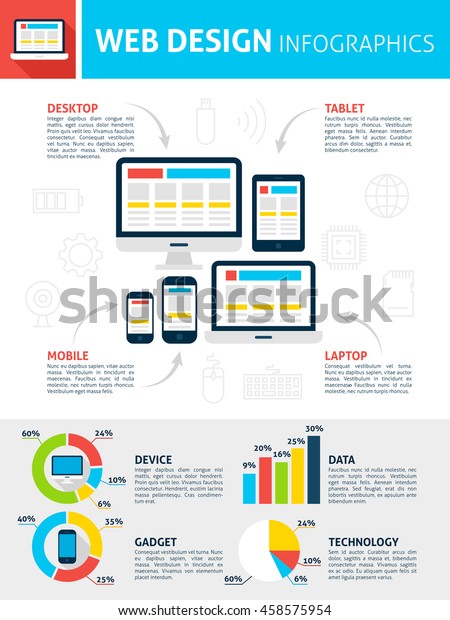In the past, websites were basic and concentrated on info. Navigating was direct, and layout was for desktops. Now, user experience is key. Data overviews layouts for very easy navigating. Receptive designs suit various gadgets. https://www.google.com/maps/place/Moon+and+Owl+Marketing/@32.9757271,-106.5344695,1840583m/data=!3m1!1e3!4m6!3m5!1s0x864ddeaa4179705b:0x488d41d2cc6b9750!8m2!3d32.9757271!4d-97.5696258!16s%2Fg%2F11b6mpccrg?entry=ttu&g_ep=EgoyMDI1MDIxMS4wIKXMDSoJLDEwMjExNDUzSAFQAw%3D%3D , dark setting lowers stress, and minimalist menus enhance navigation. Interactive attributes engage individuals, and vibrant visuals stand apart. AI combination improves involvement. See exactly how design has evolved to enhance your on the internet journey.
Very Early Days of Web Design
In the early days of website design, simpleness reigned supreme. Web sites were standard, with minimal shades, font styles, and designs. The emphasis got on supplying info instead of showy visuals. Individuals accessed the web via slow-moving dial-up links, so rate and functionality were essential.
Navigating food selections were straightforward, usually located at the top or side of the page. Internet sites were developed for desktop, as mobile surfing wasn't yet widespread. Material was king, and developers focused on easy readability over complicated layout components.
HTML was the main coding language used, and developers had to work within its constraints. Animations and interactive features were minimal compared to today's standards. Internet sites were fixed, with little vibrant content or individualized individual experiences.
Surge of User-Focused Layout
With the evolution of internet site style, a shift in the direction of user-focused style principles has actually become significantly popular. Today, creating web sites that focus on user experience is essential for involving site visitors and attaining company objectives. User-focused design includes recognizing the needs, choices, and actions of your target audience to customize the website's design, content, and features as necessary.
Developers now carry out complete study, such as customer studies and usability screening, to gather understandings and responses directly from users. This data-driven technique helps in developing instinctive navigation, clear calls-to-action, and visually attractive user interfaces that resonate with visitors. By placing the customer at the facility of the style process, internet sites can supply a more personalized and pleasurable experience.
Receptive style has actually additionally become a vital facet of user-focused style, making certain that internet sites are optimized for different gadgets and display sizes. This adaptability enhances access and use, satisfying the varied methods customers engage with web sites today. Basically, the surge of user-focused style represents a change towards creating electronic experiences that prioritize the requirements and assumptions of completion user.
Modern Trends in Website Design
Check out the latest patterns forming web design today. One noticeable fad is dark setting layout, offering a sleek and contemporary look while minimizing eye pressure in low-light atmospheres. One more crucial trend is minimal navigation, simplifying menus and improving user experience by focusing on essential elements. Incorporating micro-interactions, such as animated buttons or scrolling impacts, can produce a more engaging and interactive website. Receptive layout remains important, guaranteeing smooth user experiences across different devices. In addition, using strong typography and asymmetrical formats can include aesthetic interest and draw attention to details material.
Incorporating AI modern technology, like chatbots for consumer assistance or individualized referrals, improves customer involvement and streamlines processes. Ease of access has also come to be a significant fad, with designers focusing on comprehensive layout techniques to accommodate varied customer needs. Accepting sustainability by optimizing internet site performance for rate and efficiency is another arising pattern in website design. Collaborating with customer comments and information analytics to repeat and boost style continually is necessary for staying appropriate in the ever-evolving digital landscape. By accepting these modern-day trends, you can create an aesthetically enticing, user-friendly web site that reverberates with your target market.
web design fort worth
As you assess the advancement of web site style from the early days to currently, you can see exactly how user-focused layout has come to be the driving pressure behind modern-day patterns.
Welcome the trip of adjustment and adaptation in website design, constantly maintaining the user experience at the center.
Keep present with the most recent fads and technologies, and never ever quit advancing your technique to create aesthetically spectacular and easy to use internet sites.
Advance, adjust, and produce - the future of website design remains in your hands.
